If Google is showing you this page directly, click here to go to the start of the review
Power Output
This is another strong suit of the UP6. Shanling has equipped the device with two gain levels: Low and High. Giving us flexibility across a wide range of gear. In High Gain mode, the 3.5mm single-ended output delivers 195 mW at 32 ohms, while the 4.4mm balanced output pushes up to 626 mW at the same load.
These figures place the UP6 well above most typical Bluetooth DAC/AMPs in raw drive capability, hence the mediocre battery life.
In practice, this means the UP6 can comfortably handle everything from sensitive IEMs to more demanding headphones. It even manages to push some full-size planar magnetics to respectable volumes, making it a viable option not just for on-the-go listening but also for desktop setups. For a battery-powered, fully wireless-capable unit, that’s a very solid offering.
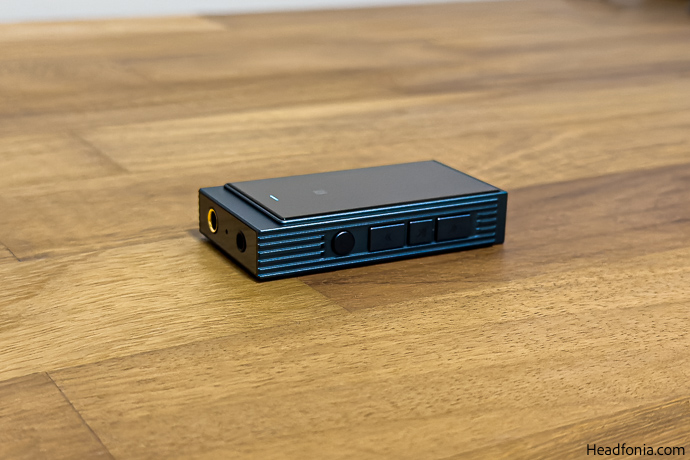
Sound & Performance
The UP6 carries Shanling’s familiar tuning philosophy. It sounds fairly natural, slightly warm-leaning, with a clean tonal presentation that avoids digitalness. The overall balance feels neutral-warm with a slight sub-bass lift, smooth and linear mids, and extended but non-fatiguing treble. No excessive coloration makes it a versatile all-rounder for many IEMs.
The bass is controlled and textured, with a touch of added weight in the sub-bass. It doesn’t come across as boosted, but rather gently elevated to give body without masking detail. The midrange is uncolored and spacious, avoiding any sense of imbalance or upper-mid harshness. The vocals are nicely articulative. Both the male and female vocals are reproduced naturally, with a good presence and proper weight.
Treble is Shanling-style-well-behaved. There’s good extension and air, but it avoids the brightness or edge that some CS-based implementations are infamous for. I believe ESS did a really good job with its new DAC range. Highs are smooth, refined, and free of metallicness/artificiality. Compared to UP5, it feels more open, and less rolled off in the top octave.
Where the UP6 really steps up is in resolution and separation. Instrument separation feels cleaner, with a better sense of space between them. The soundstage is moderately wide and deep, not grandeur, but never flat. Imaging is another highlight here. With a solid monitor such as the VE PRO, it layers instruments in a way artists mean. Nils Frahm’s Tripping with Nils Frahm album sounds amazing with this combo.
USB brings a slight edge in refinement and control, but the Bluetooth output is still among the best I’ve heard in this class. I really wish it had a better battery life.
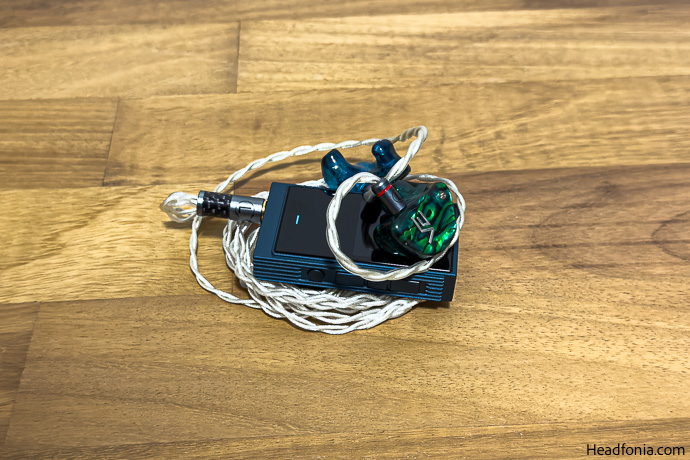
Wired Performance
When connected over USB, the UP6 tightens up noticeably compared to Bluetooth. You get slightly better resolution, a stronger sense of dynamism, and overall snappier transients. The dual ESS ES9069Q setup shows its full potential here, delivering excellent microdetail. While the difference isn’t night and day, it’s enough to be appreciated in A/B testing with good source material and adequately resolving IEMs such as the IE 600, U4s, Volür, or the VE PRO.
Vs. Questyle M18i ($349 USD)
In terms of tonality, they both share a similar neutral-to-natural sound profile with good weight and texture, but Questyle edges slightly ahead in technical performance. It delivers a more dynamic bass, more contrasty and thicker vocals, and a deeper stage. They are close regarding the treble, stage width, and imaging.
The UP6 can output double the power M18i can, which puts it ahead if you are going to use it in a desktop-ish or transportable setup.
That said, the M18i has a slightly larger chassis, and the battery life is even worse than that of the UP6. What a time to be an audiophile.
vs. Shanling UP5 ($179 USD)
I do miss the rotary knob and the more forgiving battery life of the UP5, but the UP6 is clearly a step forward in every other respect. Sonically, it’s more refined, cleaner, more resolving, and more balanced across the spectrum. The treble extension has improved so much with less high-treble roll-off, and the sub-bass region now carries a bit more weight and authority.
The UP5 still holds up well for its age, but in direct comparison, the UP6 sounds more technically proficient. It retains Shanling’s smooth and natural house tuning but adds a bit more air, control, and detail.
Last Words
The Shanling UP6 is a well-executed successor that modernizes the UP series without losing sight of its core purpose—convenient, high-quality audio in a pocketable form. It refines the user experience with a better screen, a sharper interface, and deeper customization through Eddict Player. Sonically, it offers clear improvements over the UP5 while preserving Shanling’s smooth, balanced house tuning.
The sound is clean, layered, and enjoyable across a wide range of IEMs, and the power output puts many competitors to shame. However, the battery life still feels like a limiting factor, especially for LDAC and balanced use. It’s not a deal-breaker, but it does restrict the UP6 from being the all-day solution it could’ve been.
If you’re looking for a compact, feature-rich Bluetooth DAC/AMP with great tuning, excellent build, and modern codec support, the UP6 makes a strong case for itself—just don’t stray too far from a charger.
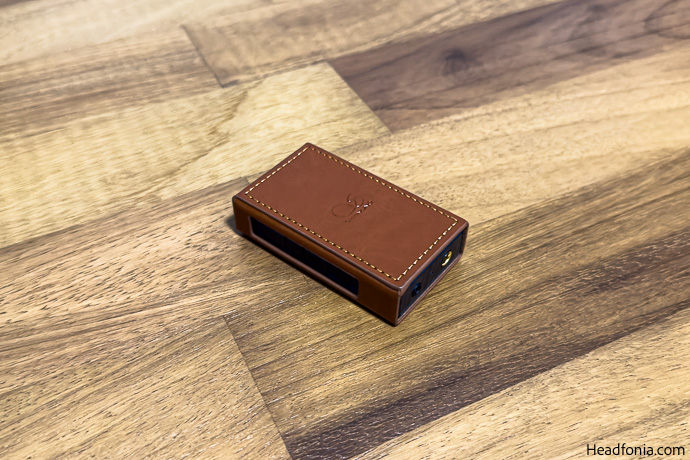
Summary
Pros:
+ Great tuning
+ Excellent display upgrade over the UP5
+ High power output for a wireless dongle DAC/AMP
+ Solid build quality
Cons:
– Subpar battery life for 2025 standards
– No fast charging
– Only one customizable EQ profile







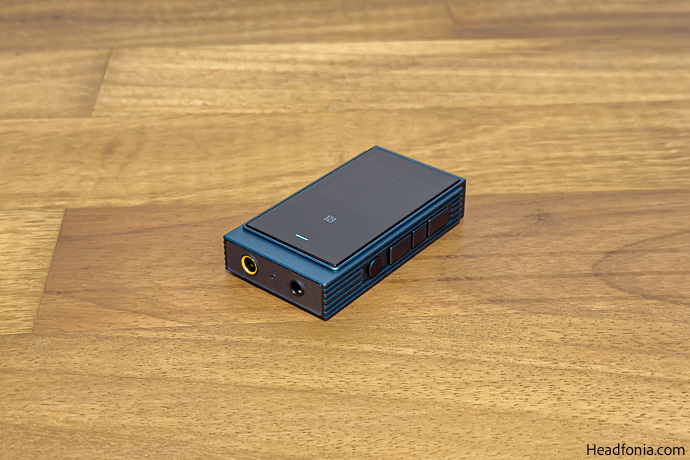
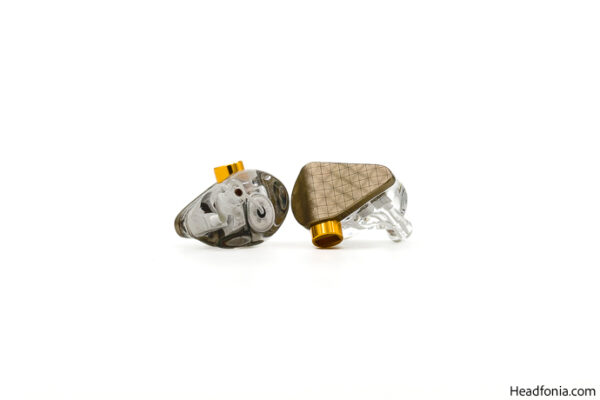

Lorenzo S.
How does this compare to the FiiO BTR15 and BTR17?